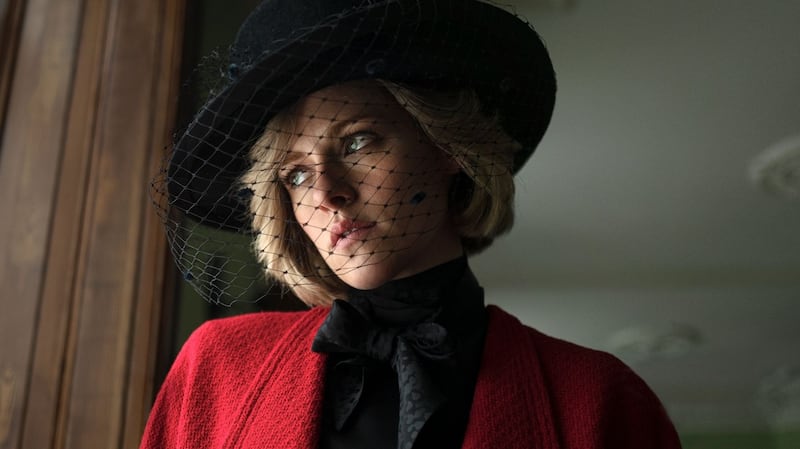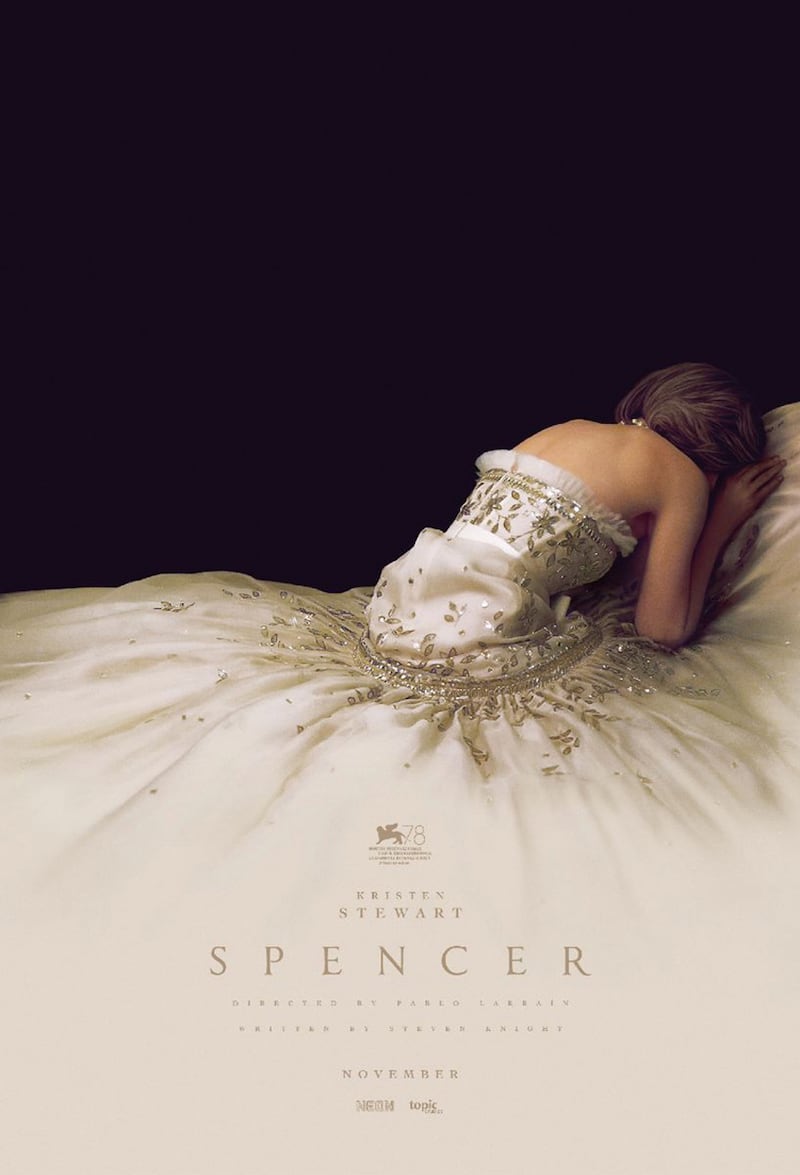We were supposed to have got over Princess Diana. Only her most devoted followers can fail to shuffle feet with embarrassment when recalling the mass hysteria that greeted her tragic death in 1997. At the beginning of that week I joked – respectfully, I hope – that the mourners might end up with Elton John singing in the Abbey. A day or so later, as large parts of the world prepared to fling itself on her funeral pyre, nothing about that notion seemed implausible anymore. Few would have blinked if Duran Duran had closed the service.
Documentarists now strike a superior note when playing footage of citizens flinging flowers at the hearse or tying teddy bears to the gates of Kensington Palace. It was a sad event. But almost none of these people actually knew the princess. Right? Whatever was in the air has since passed.
And yet. Representations of the late princess keep coming. In 2013, Naomi Watts failed to stop Diana, a truly atrocious film by Oliver Hirschbiegel, from becoming a camp classic for the ages. Emma Corrin plays her as a likable, misused naïf in The Crown. The casting of the imposing Elizabeth Debicki in the next series suggests the producers are moving on to a less compliant version of Diana.

This weekend we are at the Venice Film Festival for the premiere of Pablo Larraín’s feverishly anticipated Spencer. Kristen Stewart stars in a drama focusing on the weekend Diana decided to end her marriage to Prince Charles. The Chilean director achieved acclaim for his depiction of another lonely woman, Jacqueline Kennedy, in the Oscar-nominated Jackie from 2016. There are further connections worth making there.
Though the sentimental effusions were over the top, it is easy to understand why so many were shaken by Diana’s death 24 years ago. You didn’t need to be any sort of royalist. You didn’t need to care about celebrity. Like Margaret Thatcher, Madonna and Mr T, Princess Diana was an avatar of the 1980s. She arrived in public consciousness right at the start of the decade. She was a fashion icon for a less adventurous class of young dresser. She began her public life as a sacrificial virgin and ended it as the gentlest class of disruptor.
An entire generation had grown up – left school, got married, had their first child – with Diana as part of the unavoidable background noise. Even if you had managed to pass the decade without mentioning her name (be honest, you didn’t), you would surely feel that a little piece of your own past had been peeled away.
She was just an ordinary girl with the sort of name that ordinary girls often have. Like Rosemary Huggins. Or Deirdre McTavish.
The current spate of Diana worship services millions who can barely remember her presence on the planet. Those whose formative years did play out to Dianamania have surely learned to live without her by now. Most sensible people are now uncomfortable with the informal canonisation that followed the crash in Paris. So, why is she still such a draw?
There is a clue in the publicity material for Spencer. Scored to a choral version of Lou Reed’s Perfect Day, the trailer shows Stewart spinning despairingly about a stately pile while flunkies arrange place settings and Charles lurks malevolently. “She was always Diana Spencer,” a tweet above the clip announces. The implication is clear. They were Queen This and Prince the Other. She was just an ordinary girl with the sort of name that ordinary girls often have. Like Rosemary Huggins. Or Deirdre McTavish.

It’s nonsense, of course. She was Lady Diana Spencer, youngest child of the 8th Earl Spencer. Both of her grandmothers (Cynthia Spencer, Countess Spencer; and Ruth Roche, Baroness Fermoy) had acted as ladies in waiting to Queen Elizabeth, the Queen Mother. At the time of her engagement, it was much joked that the ancient Spencer family made the Windsors seem like carpetbagging arrivistes. After all, had the first World War not intervened, the dynasty might have remained the House of Saxe-Coburg and Gotha.
The writers of The Crown were reasonably honest about this. In an early episode from season four, Diana, during a trip to Balmoral, proves herself “one of us” – happy to stalk a deer in stout walking shoes – in a way that Mrs Thatcher, daughter of a midlands shopkeeper, simply couldn’t manage. But, as the series progresses, she emerges as an empathetic counterbalance to the tweedy golems on every side. She has the eyes of the audience. She likes stuff ordinary people like. Look, she’s roller-skating to Edge of Seventeen by Stevie Nicks.
Diana is, thus, a useful figure for placating audiences who feel a bit uncomfortable about their interest in the anachronistic institution that is the British royal family. Don’t fret. You are not just soaking up lovely costumes, gorgeous porcelain, spanking horseflesh and blinding jewels. You are sympathising with the most unlikely anti-establishment rebel since Edward VIII said something supportive about the Welsh miners.
There will be more Diana to come.












